1 Introduction
With the development of society, the consumption of energy is also growing rapidly. Especially the growth of building energy consumption has been particularly rapid. It has become the third largest energy consumption in addition to industry and transportation. According to the current development trend of the construction industry, the energy output of the society will not be able to meet the energy demand after several years, so reducing the consumption of energy is a very important issue that needs to be solved as soon as possible. In the building energy consumption, the energy consumption of large-scale public buildings occupies a large share. Although the total energy consumption is far less than the consumption of residential buildings, the consumption of energy consumption per unit area is very large, so the large-scale public buildings Energy-saving work has great potential. The construction of a large-scale public building energy monitoring system enables people to fully understand the energy consumption of large-scale public buildings, and lays a foundation for the formulation of effective energy-saving and emission-reduction policies and decisions. With the advancement of China’s urbanization process and economic development, China’s The total amount of energy consumed by buildings shows a trend of continuous growth, and the growth rate is getting faster and faster. If the building energy consumption is allowed to increase at this rate, it will inevitably bring great pressure on China's energy supply security. Therefore, building energy conservation is imperative.
2 Design basis
ISO/IEC11801 International Integrated Cabling Standard
GB/50198 "Monitoring System Engineering Technical Specifications"
GB50052-2009 "Design Specification for Power Supply and Distribution System"
GB50054-2011 "Low Voltage Distribution Design Code"
GBT 50063-2008 "Electrical measuring instrument device design specifications for electrical installations"
IEC 61587 "Electronic Equipment Mechanical Structure Series"
DL/T448-2000 "Technical Management Regulations for Electric Energy Metering Devices"
DL/T 698.1-2009 Part 1: General Rules
DL/T 698.2-2010 Part 2: Master Specifications
DL/T 698.31-2010 "Section 3.1: Technical specifications for energy information collection terminals - General requirements"
DL/T 698.35-2010 Part 3-5: Technical specifications of energy information collection terminals - Particular requirements for low-voltage centralized meter reading terminals
DL/T 698.41-2010 Part 4-1: Communication Protocol - Communication between Master and Power Information Collection Terminals
DL/T 698.42-2010 Part 4-2: Communication Protocol - Concentrator Downlink Communication Protocol
DL/T 698.41-2010 Part 4-1: Communication Protocol - Communication between Master and Power Information Collection Terminals
DL/T 698.42-2010 Part 4-2: Communication Protocol - Concentrator Downlink Communication Protocol
3 Project Overview
Located in Yinchuan City, Ningxia Province, Yinchuan Jianfa Da Yuecheng Hyatt Hotel is strategically located in the bustling Jinfeng business district. The hotel is located in the complex's building and there are also two city buses running through the building's first floor. The bus can reach the train station directly and quickly, as well as other administrative districts, and the transportation is very convenient. At the same time, it is within walking distance from Yinchuan CBD Business Center.
The monitoring scope of this project is the hotel's water meter, cold meter, and hot meter. The site collects, analyzes, and processes data from the instrument to analyze the data, thereby improving energy efficiency, effectively promoting and ensuring the improvement of energy management, and playing an important role in system energy conservation.
4 System Architecture
Acrel-Acener-5000 Energy Analysis Management System According to the actual situation of the hotel in Yinchuan Da Yuecheng, the overall network structure uses shielded twisted pair cable to connect directly to the intelligent gateway and upload the data to the monitoring host through the TCP/IP network.
The system mainly adopts a hierarchical distributed computer network structure, as shown in the system structure diagram: station control management layer, network communication layer and field device layer. All instruments are laid on the 485 shielded twisted pair cabling to the fire control control room, and the intelligent gateway to the system host completes the instrument data collection and management.
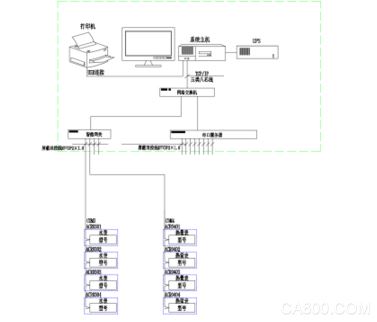
System structure
6 system software module
â—† comprehensive energy consumption main interface
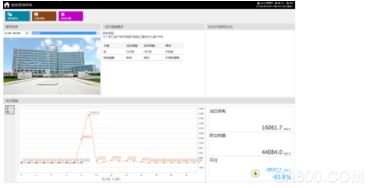
The main page shows the architectural picture of the building, the basic information of the building, the electricity consumption pie chart of the construction month, and the consumption of various energy sources. According to the selected building, loading the building picture, you can select the time to view the energy consumption of the building, automatically refresh after selecting the building or time, the default is the day.
â—† Branch energy
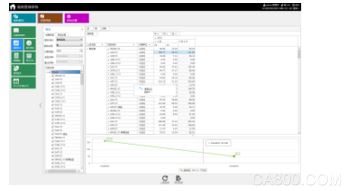
The system can count the daily, week-by-week, month-by-month, quarter-by-quarter, year-by-year energy use of each branch for a period of time. The system can check the energy consumption trend of each branch, and can inquire according to the existing date or custom time, and can display the branch energy use total and display it in a graph.
â—†Statistical energy consumption statistics
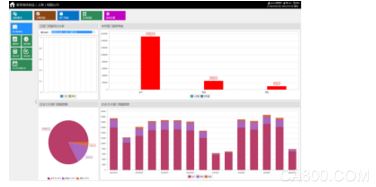
The system can perform energy statistics and display according to the sub-items. Among them, the daily sub-item energy use year-on-year analysis chart shows the energy consumption histograms of different sub-items of the day and yesterday; the energy pie chart shows the energy use of each sub-item in the past 31 days; the stacked chart shows the sub-items of the past 31 days The energy consumption trend; the breakdown by energy ranking shows the top 10 branches of the selected energy consumption value.
â—† Energy Usage Report
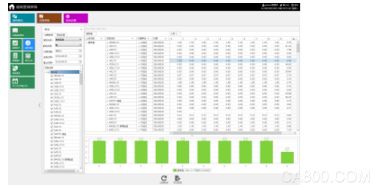
The system can count the daily, weekly, monthly, quarterly, yearly energy use of each item within a certain period of time. You can view the energy trends of each branch in the sub-items. You can query according to the existing date or custom time. The statistical data can be exported to Excel.
â—† year-on-year ratio analysis of energy consumption
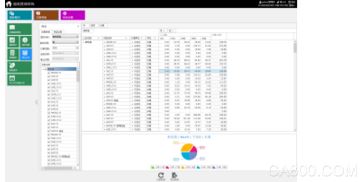
The system can compare the energy consumption of each major energy-consuming device with the previous year's same period value and previous month's value, and test the energy-saving effect, perform energy-saving performance assessment according to the analysis results, and correct the energy-saving target. Statistics on the monthly energy use for each branch and the energy consumption for the same period last year;
â—† configuration options
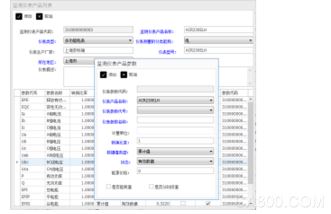
According to the relevant technical specifications, the basic information of the building is configured, such as: building function, building area, air conditioning area, building address, etc., in which the building area and other information will be used to analyze energy consumption per unit area;
Configure the basic information such as the type, model, and manufacturer of the instrument used in the project, and add the monitoring parameter information that can be provided by this type of instrument. Here, the configuration affects the energy consumption statistics, statistics of energy consumption over time, and parameter query functions;
All metering instruments used in the configuration project, save metering instrument address, transformation ratio, corresponding collector, code, monitoring circuit name and other information;
The information related to metering, proportioning, and calculation methods involved in configuring itemized energy consumption statistics can be flexibly configured according to the situation of the project. The configuration information here will affect the energy consumption analysis of each classification. ;
Configure the measuring instruments, computing methods, proportions, and department energy plans for each department's energy use. After completing this configuration, the department's energy consumption analysis module will be enabled.
Configure the meter, calculation method, and proportion of an energy use area in the building. After completing this configuration, the regional energy consumption analysis module will be enabled.
7 Outlook
â—† Store data for acquisition and form a visualization chart: The system collects data and stores it in the database. The system can satisfy report query and export, and the system can display energy consumption trends in the form of bar graphs to give customers a better experience.
â—† Diagnosed high energy consumption points: The management personnel can collect data through the system, and analyze the same proportion and loop ratio of each loop, and find high energy consumption points through one-stage analysis.
â—† Improve management operation mode through energy consumption analysis: The hotel aims at high energy consumption points and carries out energy-saving transformations, so that through the energy consumption data, it can reduce the company's operating costs and increase profits.
8 Conclusion
Building energy consumption system is designed for building energy consumption in the context of increasing energy shortages and rising energy prices. After constructing the energy management system, not only can the work load of the staff be reduced, but also work efficiency can be provided. Intuitive statistical analysis results can help managers to make correct analysis based on the energy consumption situation and make future developments. Making the right decisions is of great significance in promoting and stimulating energy conservation and achieving energy conservation and emission reduction targets.
About the author: He Meifang, female, Ankerui Electric Co., Ltd., the main research direction for the smart grid power distribution, Email: Contact: 021-69156950 QQ
Stage Led Matrix Lights,Matrix Led Headlights,Matrix Headlights,Matrix Lights
Guangzhou Cheng Wen Photoelectric Technology Co., Ltd. , https://www.cwledwall.com
![<?echo $_SERVER['SERVER_NAME'];?>](/template/twentyseventeen/skin/images/header.jpg)